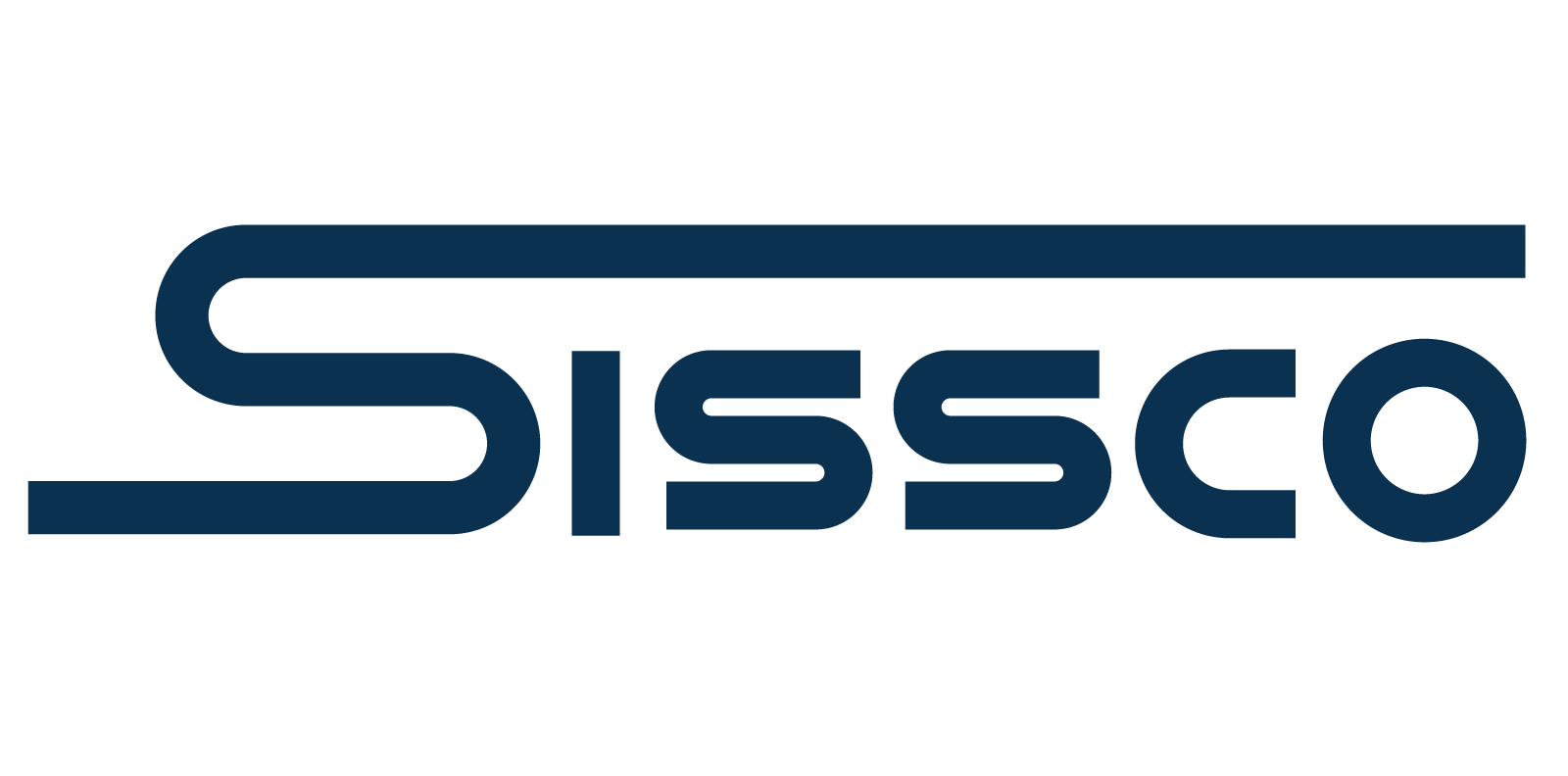Advice from Overhead Crane Repair Experts in NJ
If you’ve ever stood beneath a multi-ton load, carefully guiding each movement, you know the intense pressure involved. Every small action is critical; one slight oversight can trigger a serious accident, risking lives, damaging equipment, or shutting down operations entirely. Manual below-the-hook lifting is inherently demanding, placing relentless stress on operators who carry the responsibility of precise positioning and safe operation in their own hands. Dealing with overhead crane repairs in NJ is rough, but using the right tools ensures optimal performance and safety.
Now, envision a different scenario: An automated below-the-hook lifting device that precisely executes pre-programmed lifting procedures, consistently positioning loads within fractions of an inch each time. Operators still play a crucial role, but as overseers rather than direct manipulators, significantly reducing stress and operational uncertainty. This shift from manual to automated systems provides reassurance and confidence in the operational process.
Understanding the critical differences between manual and automated below-the-hook lifting systems is not just a technical exercise; it’s about recognizing and addressing real-world implications for safety, productivity, flexibility, and long-term costs.
1. Operation and Control: Human Judgment vs. Programmed Precision
In manual lifting systems, every step of the process hinges directly on human judgment and skill. Operators constantly evaluate load balance, alignment, and attachment methods based on their personal experience. For instance, imagine lifting an irregularly-shaped turbine rotor: manual operators must visually assess and carefully reposition sling angles, sometimes repeatedly, until perfect balance is achieved. This intuitive adjustment process depends heavily on operator experience and can introduce variations, delays, or potential errors, especially during extended shifts or demanding workloads.
In contrast, automated lifting systems rely on programmed logic and advanced technologies like PLCs (programmable logic controllers), laser positioning sensors, and precise actuators to carry out identical tasks repeatedly without deviation. Consider an automated vacuum lifting system designed to handle metal sheets: the system calculates exact placement coordinates, ensuring each sheet lands precisely, to the millimeter, every single time. Human operators oversee the process and intervene only if abnormalities occur, rather than physically guiding every move.
Hands-On vs. Hands-Free: Operational Realities
- Manual:Operators may spend significant time fine-tuning rigging configurations to handle diverse or oddly-shaped loads like engine blocks or fabrication assemblies, slowing overall throughput. For instance, in a shipyard, manual operators often spend hours adjusting rigging configurations to lift irregularly shaped ship components, leading to significant delays in the production schedule.
- Automated:A steel processing plant implementing automated magnetic lifting systems reduced cycle times by up to 30%, as each load was placed consistently without the need for repeated manual adjustments.
2. Safety: Human Vigilance vs. Built-In Protection
Manual lifting systems place immense pressure on human vigilance, requiring continuous awareness and rigorous adherence to safety procedures. Fatigue, complacency, or simple oversight can quickly lead to accidents. For example, something as basic as a skipped latch-check on a manual clamp due to exhaustion at the end of the shift can result in dropped loads or serious injuries. Many experienced crane operators have stories of near-misses that stemmed from momentary lapses, underscoring the constant safety risks present in fully manual lifting operations.
Automated systems offer a substantial layer of built-in safety, incorporating proactive engineering controls like:
- Overload detection sensors that automatically halt operations if a load exceeds rated capacity.
- Anti-collision radar or laser-based systems that detect nearby obstacles and immediately stop lifting motions to prevent collisions.
- Anti-sway technology that continuously adjusts lifting speed and acceleration, preventing dangerous load swings.
Safety in Action: Manual vs. Automated Systems
A manufacturing facility that switched to automated below-the-hook lifters reported a 50% reduction in minor incidents and eliminated critical load-drop incidents over 12 months due to automation safeguards.
3. Efficiency and Productivity: Flexibility vs. Optimized Throughput
Manual lifting methods offer unmatched adaptability, quickly accommodating variations in load shapes, sizes, or rigging methods. However, this adaptability is typically offset by reduced productivity due to the inherent variability and time required for manual setups. For instance, each time operators encounter new or unique load types, they must carefully determine suitable rigging configurations, costing valuable production time. Additionally, human fatigue naturally limits sustained productivity over long periods.
Automated lifting systems, conversely, optimize throughput by performing repetitive tasks without pause or variation. Automation significantly reduces downtime associated with manual rigging adjustments, human fatigue, or decision-making delays. Repetitive lifts are executed rapidly and reliably, dramatically improving productivity in consistent or high-volume operations. This efficiency and productivity boost can instill a sense of optimism and forward-thinking in the audience.
Efficiency Check: Manual Adjustments vs. Automated Precision
In an automotive parts production line, automated below-the-hook lifters handling repetitive tasks increased hourly throughput by 25%, as lifts were performed consistently at a predictable pace without operator pauses. For instance, in a car manufacturing plant, automated lifters significantly increased the production rate by consistently and quickly handling repetitive tasks, allowing the operators to focus on more complex tasks.
4. Versatility and Flexibility: Operator Creativity vs. Automation’s Fixed Parameters
A notable advantage of manual below-the-hook lifting is the operator’s ability to adapt to unexpected situations or unconventional loads instantly. Operators frequently devise impromptu rigging solutions to manage non-standard lifts, such as oversized machinery components, oddly-shaped assemblies, or bundles of mixed materials. This adaptability is invaluable in operations where each lifting task differs significantly from the last.
On the other hand, automated lifting systems operate effectively only within their pre-defined operational parameters. Deviations from these parameters typically require system recalibration, reprogramming, or even hardware modifications, resulting in downtime and potential cost implications.
When Plans Change: Comparing Manual and Automated Versatility
Manual operators can easily adjust slings on-site to lift an irregularly shaped boiler. In contrast, an automated clamp programmed for specific pipe diameters would require significant adjustments or even alternative lifting methods to handle the unexpected load, causing considerable delays.
To bridge this gap, some facilities adopt hybrid systems combining automation with manual override capabilities, allowing operators to handle routine and irregular lifts with the same equipment seamlessly.
5. Cost: Immediate Savings vs. Long-Term Investment Payback
Manual lifting systems initially present lower capital investment, making them appealing from a budget standpoint. However, the long-term operational costs, including skilled labor salaries, training, regular safety certifications, insurance premiums, and potential downtime caused by human error, can rapidly erode initial savings. Both investments require the necessary overhead crane repair in NJ.
Automated systems involve higher upfront investments, including equipment purchase, installation, software integration, and training. But they deliver significant long-term cost advantages, such as reduced labor requirements, lower incident rates, higher productivity, and fewer downtime incidents. A thorough financial analysis usually reveals that automated systems, despite their initial expense, typically achieve full ROI within a few years due to consistent performance and operational savings.
Seeing Past Sticker Shock: The Real Cost of Manual vs. Automated
One industrial manufacturer calculated that replacing manual lifting with automated systems required an initial $120,000 investment but saved over $50,000 annually through increased productivity, reduced labor needs, and drastically lower insurance and injury-related costs, leading to full ROI within three years.
When considering costs, it’s crucial to factor in elements such as:
- Initial capital expenditures
- Annual labor and overhead costs
- Maintenance and system calibration
- Projected productivity increases
- Reduced accident or downtime expenses
Manual or Automated Overhead Cranes: Aligning Your Choice With Operational Goals
The choice between manual and automated below-the-hook lifting systems fundamentally hinges on your operation’s specific requirements and goals. Manual lifting methods remain the best option for facilities requiring maximum flexibility and immediate adaptability to varied or irregular lifting tasks. Automated systems are ideally suited to high-volume, repetitive, predictable tasks, offering compelling advantages in productivity, consistency, safety, and long-term cost savings.
However, no matter your choice, prioritizing continuous operator training, rigorous equipment inspection, and diligent safety practices remains crucial to operational success. Clearly understanding these detailed differences enables you to make informed decisions aligned directly to your facility’s safety, productivity, and financial objectives.
Ultimately, choosing your lifting solution is not merely an equipment decision; it’s a strategic investment into the operational future of your business.



